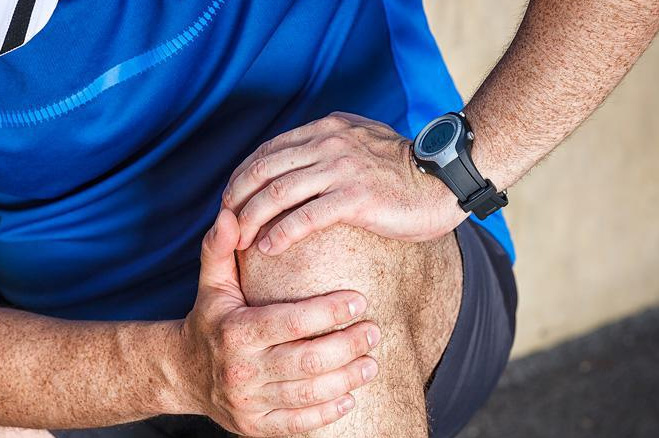
Peripheral nerve stimulation (PNS) is a procedure similar to spinal cord stimulation frequently used to treat chronic pain. Some of the common applications of PNS include treatment of back pain, migraine headaches and pudendal neuralgia (pelvic pain). PNS can also treat shoulder, hip, knee and ankle pain when surgery have failed to control your pain.
During this minimally invasive procedure, our pain specialist at Trinity Pain Management places a small electrical device (a wire-like electrode) next to one of the peripheral nerves under x-ray guidance or ultrasound. The electrode delivers soothing electrical pulses that are felt like mild tingles. During the testing period (trial for about 3-10 days), the electrode is connected to an external device, and if the trial is successful, a small permanent generator gets implanted into the patient’s body. In some cases when post operative pain are prolonged, a temporary PNS system may be placed for up to 60 days before removal.
Once the procedure is completed, you will be monitored for 30 minutes. Our staff will provide you with discharge instructions when you are ready to go home. You would be able to return to work the next day but it is always a good idea to check with your physician. Muscle and/or nerve irritation may cause you to feel sore for one to two days after the procedure. You will be required to follow up in clinic after the trial is over (usually three to ten days), when the electrode will be taken out. If successful, an implantation of the device will be recommended.
Peripheral nerve stimulation (PNS) has a high success rate for reducing pain. However, it’s important to note that the rate of reduction in pain will vary from patient to patient.